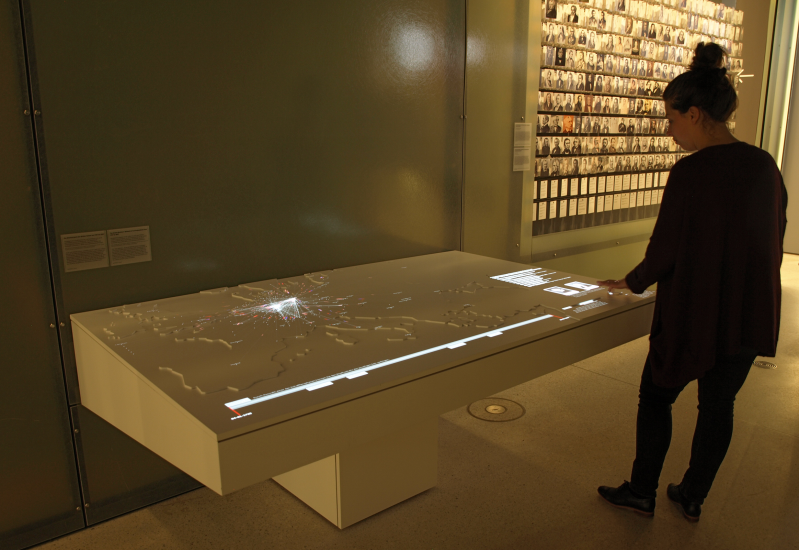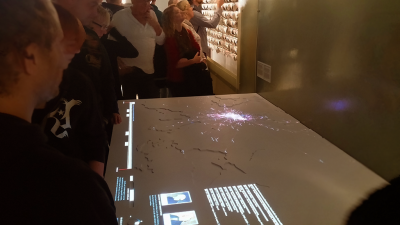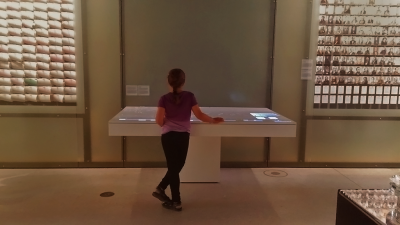Use any IIIF Published Map as a Background in your Geographic Visualisations
CORE AdminThanks to the Allmaps project, it is now possible to use any map that has been published as a IIIF image as a background map in your geographic visualisations in nodegoat.
The International Image Interoperability Framework (IIIF) is a set of open standards for publishing digital objects, maintained by a consortium of cultural institutions. The list of institutions that publish their digitised maps as IIIF images is constantly growing. This overview provides a number of examples of available resources. The David Rumsey Map Collection also contains a large number of maps that have been published as IIIF images.
nodegoat Users have been able to use (historical) maps that are published as XYZ-tiles. We have now updated our Guide 'Use a Historical Map' to describe the steps you need to take to use IIIF images as a background map for your geographic visualisations in nodegoat. The Guide uses an example of a historical map published in the Digital Collections of Leiden University Libraries.


